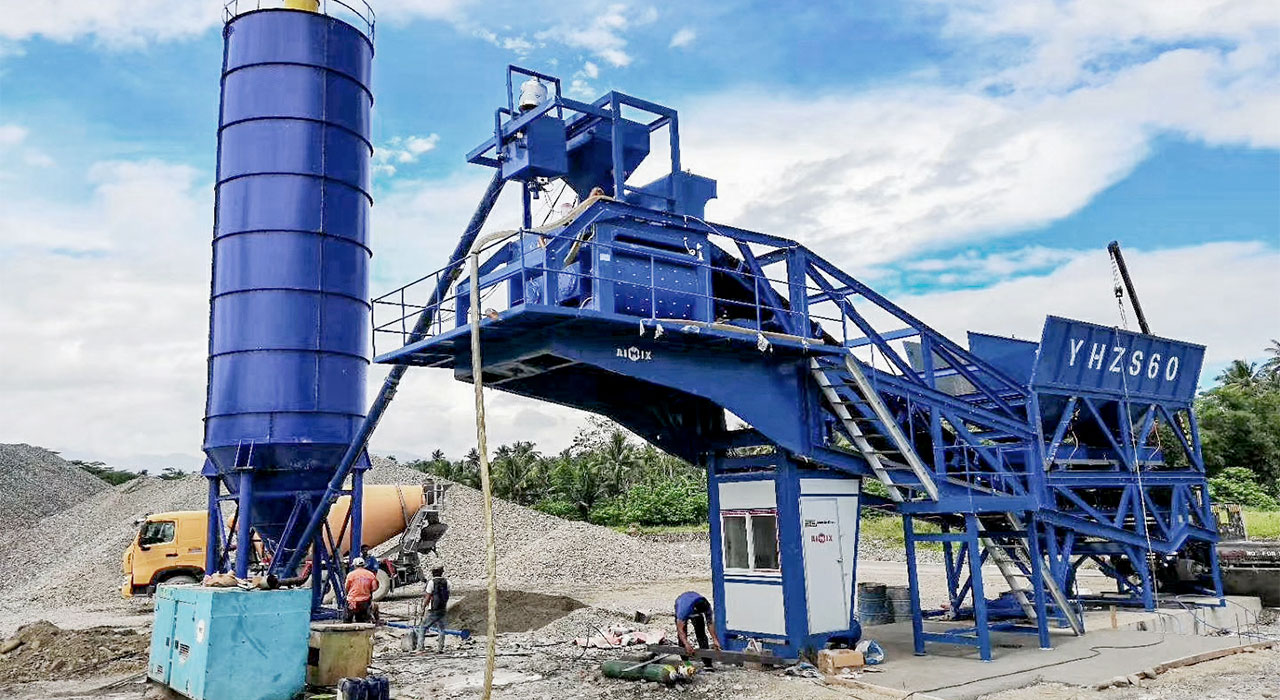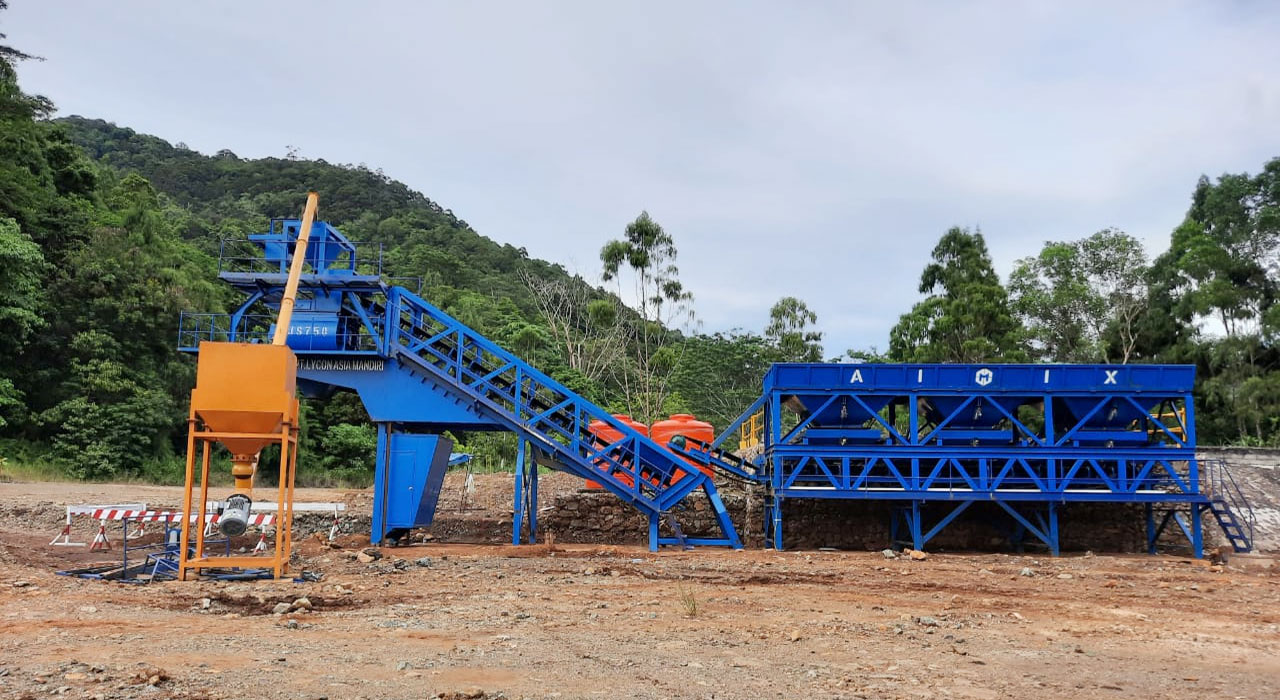In the dynamic landscape of construction and infrastructure development, the demand for flexible and efficient concrete production has driven the popularity of mobile batching plants. These portable units bring the concrete production process to the project site, offering a range of benefits. To make informed decisions about the adoption of mobile batching plants, it is crucial to unravel the economics behind their costs, and understand the factors that contribute to their financial dynamics.
Initial Investment:
The journey into the economics of mobile batching plants begins with the initial investment. The upfront mobile batching plant price is influenced by various factors, including production capacity, mobility features, technological advancements, and brand reputation. While a higher initial investment may be associated with more advanced and higher-capacity plants, this cost must be evaluated in the context of long-term benefits and project requirements.

Operational Costs:
A holistic understanding of the economics involves considering the operational costs of mobile batching plants. This includes fuel or electricity consumption, maintenance, and labor. Evaluating the fuel efficiency of diesel-powered plants and the long-term cost savings associated with energy-efficient and low-maintenance features contributes to a comprehensive view of operational costs.
Mobility Features:
The concept of “Cost in Motion” is inherently tied to the mobility features of these batching plants. The ability to move the batching plant from one location to another efficiently is a valuable aspect that impacts project timelines and costs. While the inclusion of towing systems and quick setup mechanisms may add to the initial cost, the time saved in transportation and setup can result in significant cost savings during the project lifecycle.

Production Capacity and Efficiency:
Unraveling the economics involves a detailed consideration of production capacity and efficiency. Higher production capacities may come with a higher initial cost, but they contribute to increased output and can lead to cost savings on larger projects. Efficiency gains, facilitated by advanced control systems and automation, impact not only production rates but also the overall economics of the batching plant.
Technological Advancements:
Technology plays a pivotal role in shaping the economics of portable batching plants. Advanced control systems, real-time data monitoring, and automation features may increase the initial investment, but they contribute to improved accuracy, reduced waste, and enhanced overall efficiency. Investing in technology aligns with long-term cost-effectiveness.
Environmental Considerations:
The evolving economic landscape emphasizes environmental considerations. Mobile batching plants designed to meet or exceed environmental standards may incur higher initial costs, but they contribute to sustainable practices, potentially reducing regulatory risks and long-term environmental impact.
Conclusion:
“Cost in Motion” encapsulates the dynamic economic interplay surrounding mobile batching plants from Aimix Malaysia. As construction projects increasingly demand flexibility and on-site concrete production, understanding the intricate balance between initial investment, operational costs, mobility features, production capacity, and technological advancements is crucial. By unraveling the economics, stakeholders can make informed decisions, ensuring that the adoption of mobile batching plants aligns with project goals, timelines, and budget constraints while maximizing efficiency and sustainability.
